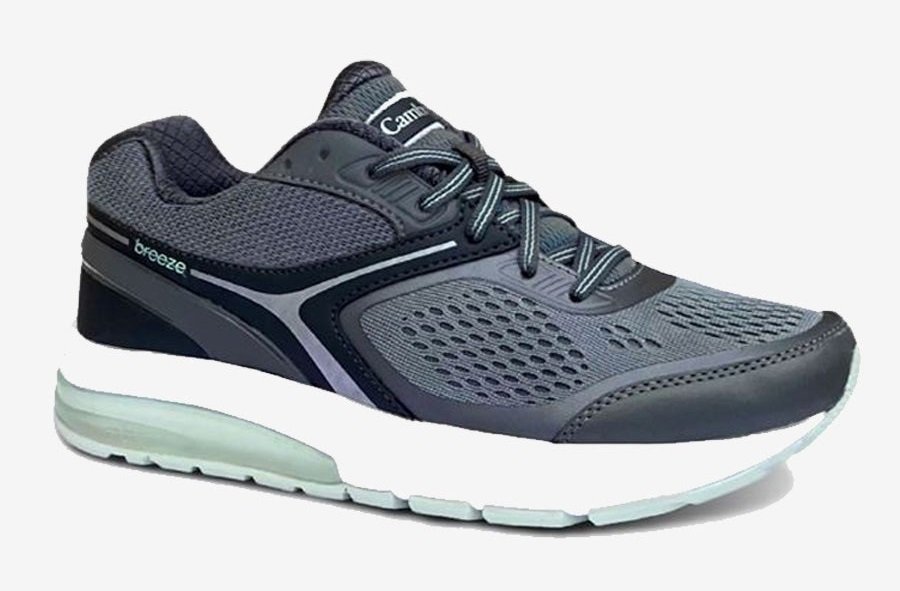Orthopedic Shoes
What are Orthopedic Shoes?
Orthopedic shoes are specially designed footwear intended to support and accommodate the structure and mechanics of the foot. Compared to standard shoes, they offer enhanced features aimed at promoting foot health and allviating painful foot conditions.
 There are 2 main types of orthopedic shoes: off-the-shelf, and custom. For the vast majority of people, off-the-shelf orthopedic shoes will work well. Custom orthopedic shoes are used for severe foot deformities, such as birth deformities or amputations.
There are 2 main types of orthopedic shoes: off-the-shelf, and custom. For the vast majority of people, off-the-shelf orthopedic shoes will work well. Custom orthopedic shoes are used for severe foot deformities, such as birth deformities or amputations.
Orthopedic shoes are designed to be used with custom orthotics. Often, more depth is needed to accommodate custom orthotics, such as in the case of treating rheumatoid arthritis (RA). When treating RA, it is important to have thick, soft, cushioned custom orthotics. Extra depth orthopedic shoes accommodate both the custom orthotics, and associated foot deformities such as hammer toes or bunions. This would not be possible in standard footwear.
Orthopedic shoes often incorporate extra cushioning to absorb shock and reduce the impact on the feet during activities such as walking or running. This cushioning helps protect the feet from the hard surfaces encountered in daily life.
Stability is another crucial aspect of orthopedic shoes. Many orthopedic shoes are designed with a firm heel counter and a wider base to provide greater support and balance. This is particularly beneficial for individuals with flat feet or those who experience overpronation, where the foot rolls inward excessively. Enhanced stability can help prevent injuries and improve overall foot function.
Foot deformities such as bunions and hammer toes often require extra depth or accommodations in certain areas, which orthopedic shoes offer. Some orthopedic shoes have specific stretch panels in the upper to accommodate these deformities. They also have extra cushioning inside, and strategic seam placement to avoid irritating prominent bones.
People with diabetes are at higher risk of foot ulcers and infections due to poor circulation and nerve damage. Orthopedic shoes designed for diabetic patients typically feature seamless interiors, extra depth, and protective materials to minimize friction and pressure points, thereby reducing the risk of complications.
